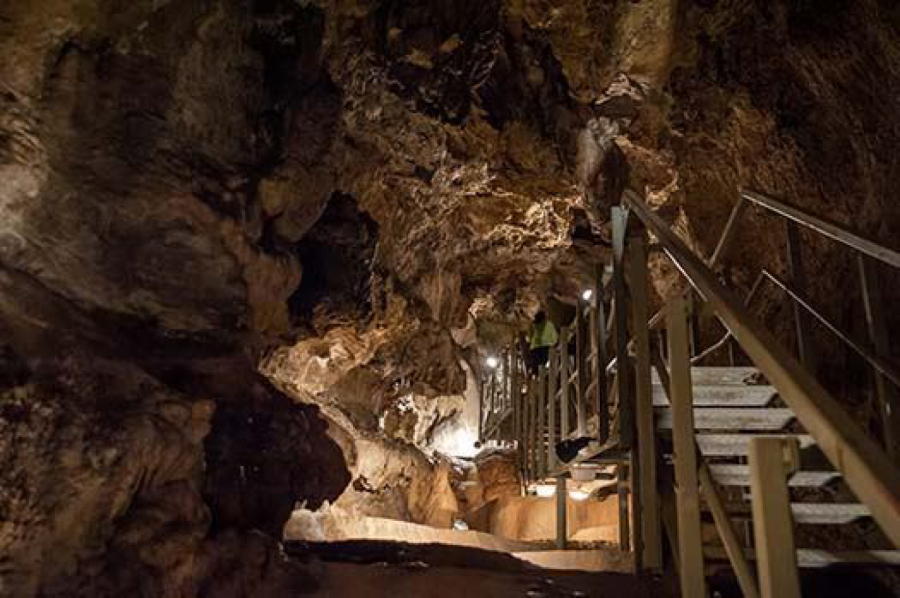METALINE FALLS — Erica Thorson turned off the lights 500-feet into Gardner Cave to show a tour group of nine people just how dark the dark can be.
It was the end of the tour, the last cavern of the cave tourists are allowed to visit. And it was the last tour of 2021 — the 100th anniversary of Crawford State Park, Gardner Cave’s home, a half mile from the Canadian border, a two-hour drive from Spokane.
She turned on her flashlight and used it to make a circle glow on what may be the most impressive formation in a cave full of geologic curiosities and wonders. It’s an 8-ton column, created over some 90,000 years as a stalactite from the ceiling and stalagmite from the floor grew into each other, creating one mass. It is the largest cave column in the Pacific Northwest.
Here, Thorson likes to strike a lighter to show what it must have been like for the first explorers of the cave, who would have used torches to light their path.



